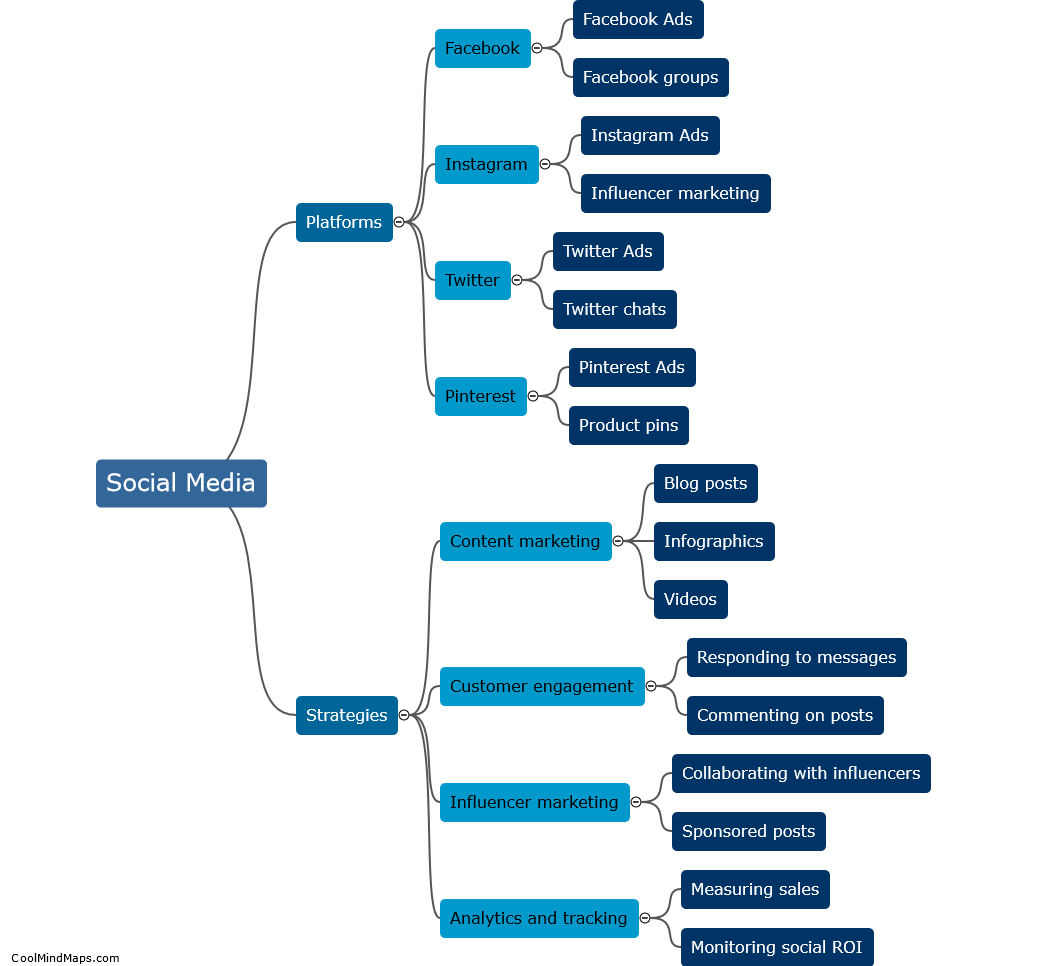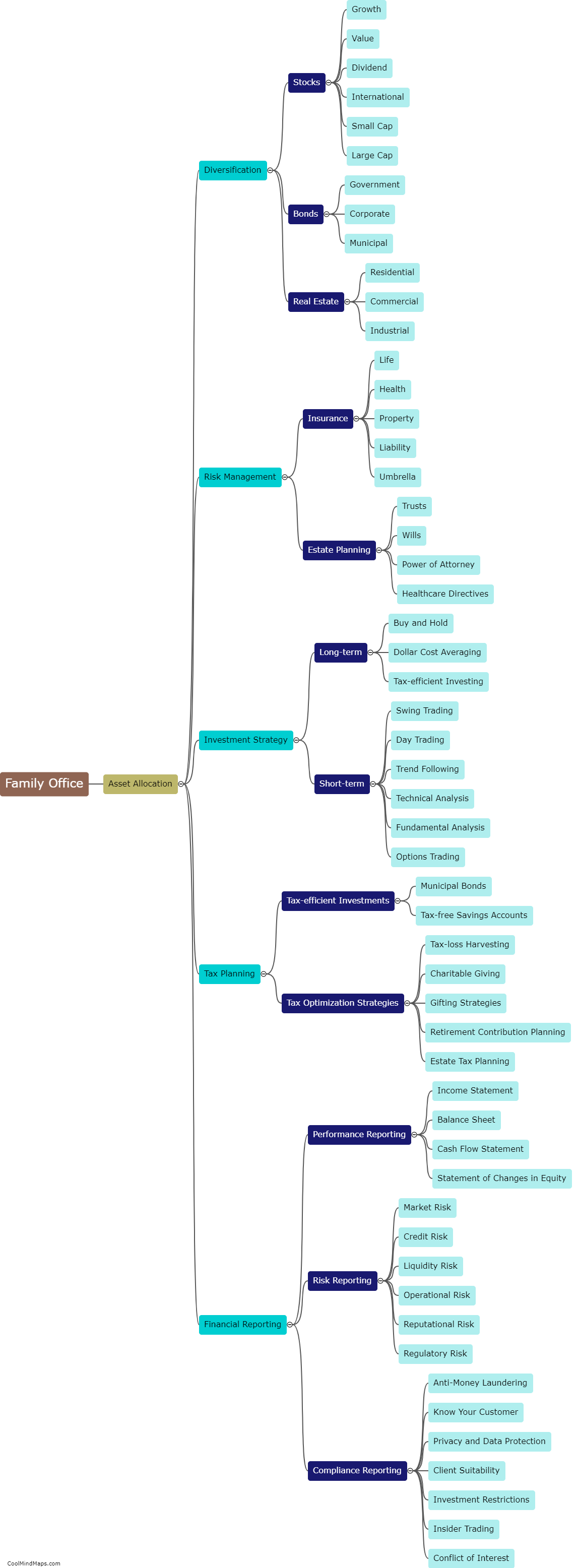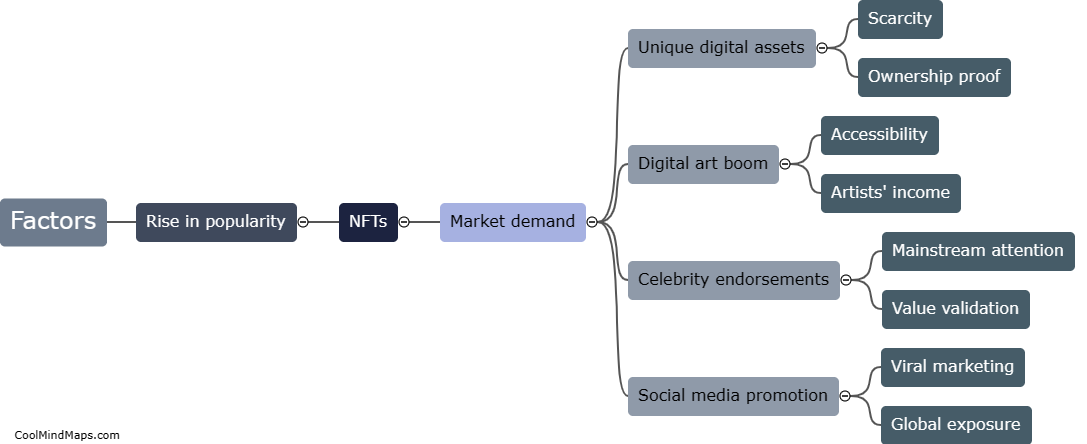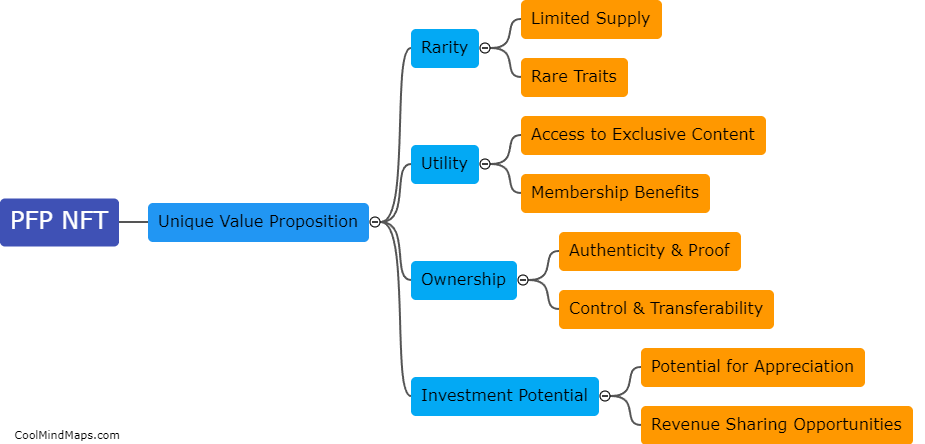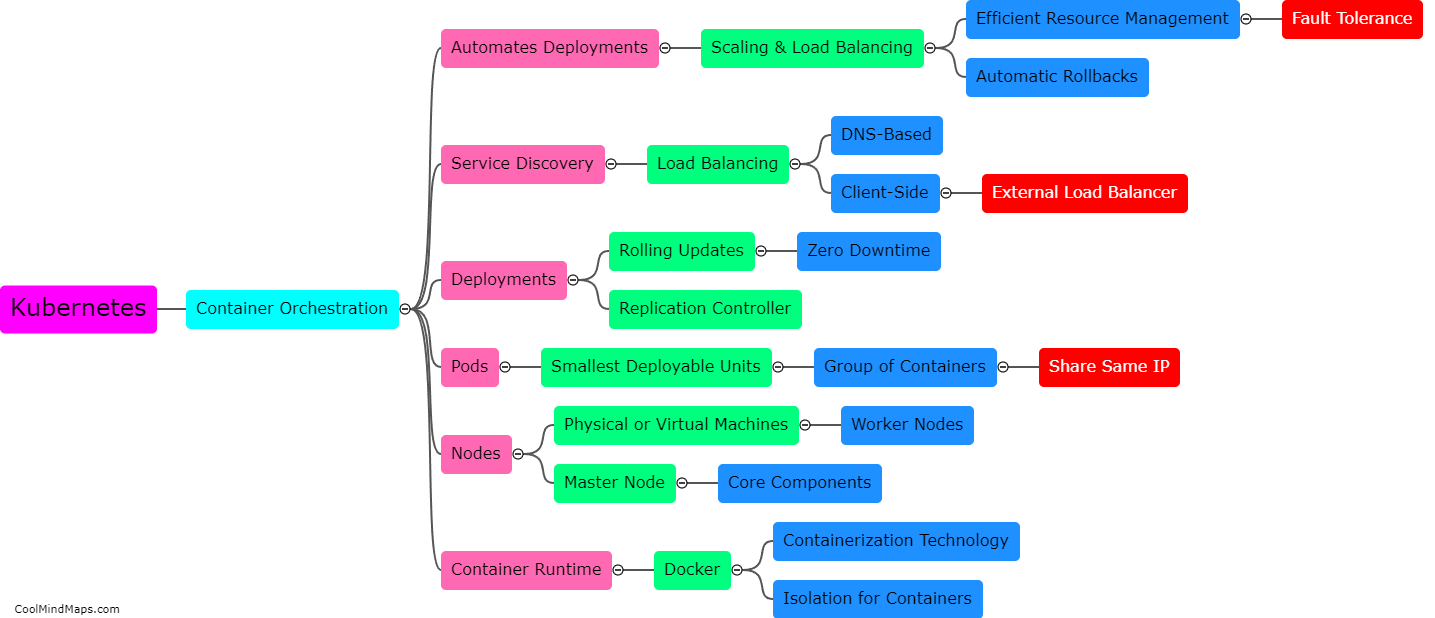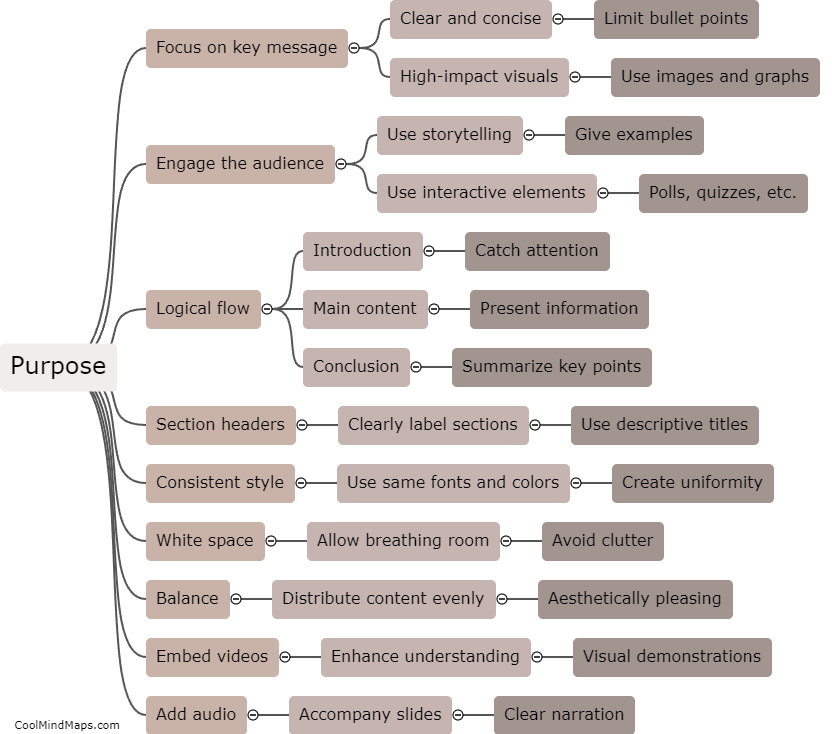How does Kubernetes work?
Kubernetes is an open-source container orchestration platform that efficiently manages the deployment, scaling, and management of containerized applications. It works by abstracting the underlying infrastructure, allowing developers to focus on their applications rather than worrying about infrastructure management. Kubernetes operates based on a master-worker architecture, where a cluster consists of a master node and multiple worker nodes. The master node controls the overall functionality of the cluster, while the worker nodes host the containers. Kubernetes uses a declarative approach, where users define the desired state of their applications through YAML or JSON files, and Kubernetes ensures that the current state matches the desired state. It also offers various features like automated scaling, service discovery, load balancing, and self-healing to ensure high availability and fault tolerance of applications. Kubernetes achieves this through its components such as the API server, etcd for storing cluster data, scheduler for placing containers, and controllers for managing the state of resources. Overall, Kubernetes simplifies the management of containerized applications by providing a scalable and reliable platform.
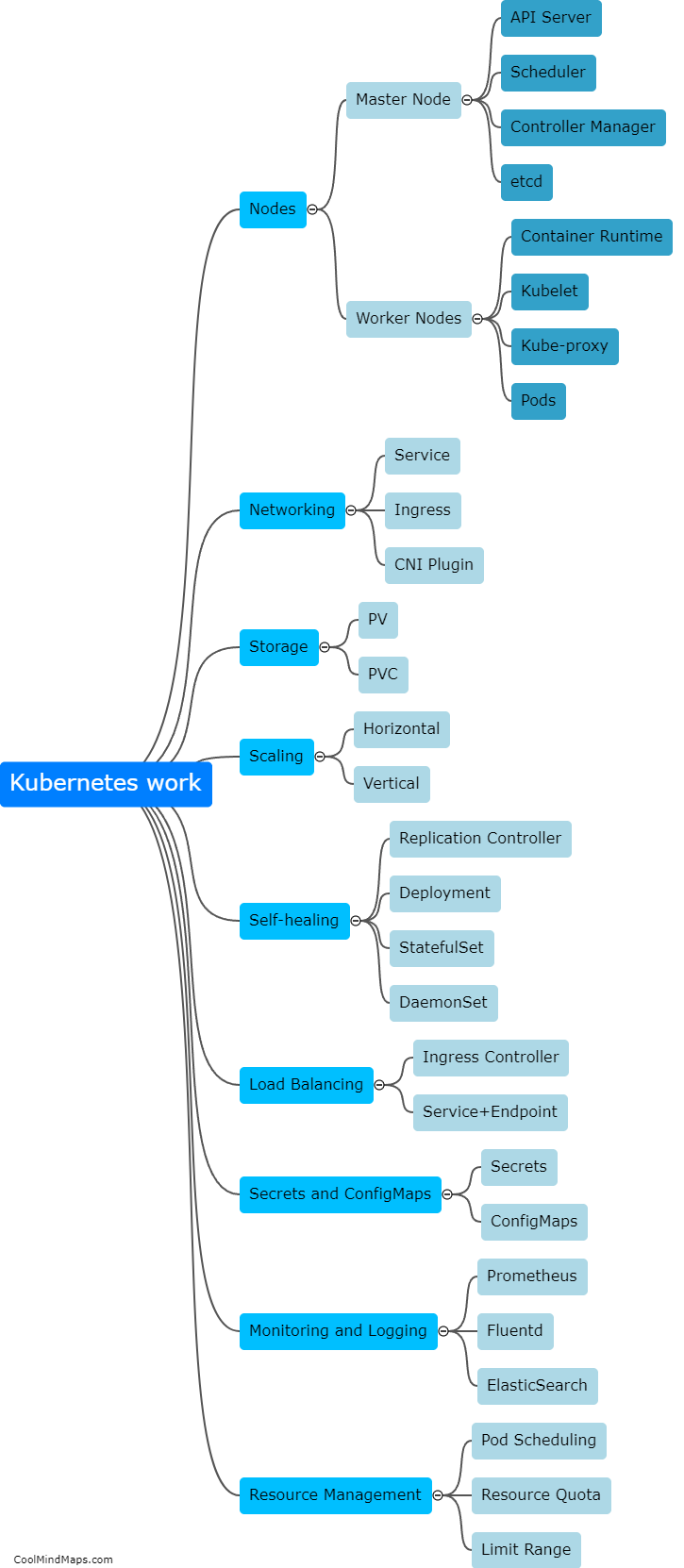
This mind map was published on 29 September 2023 and has been viewed 131 times.

